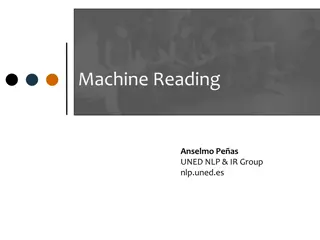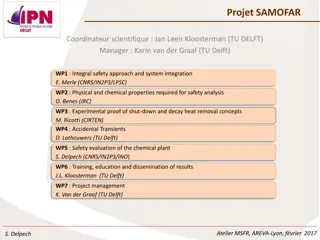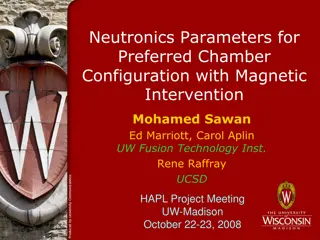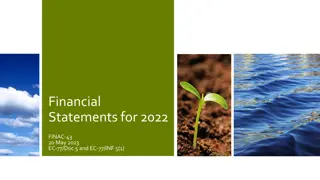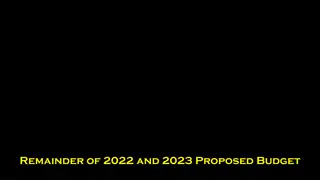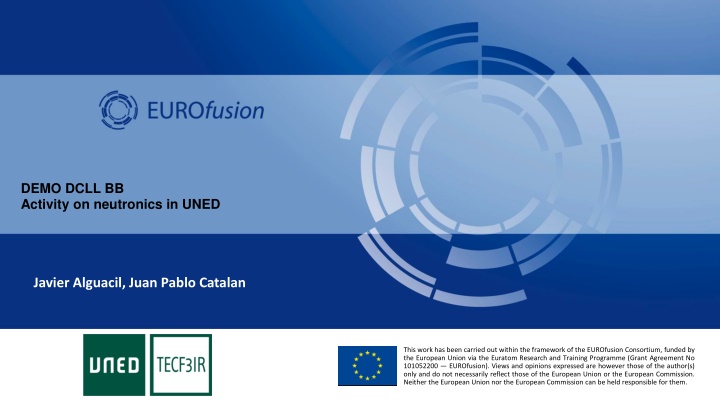
Neutronics Analysis and Future Work on Ceramic Materials at EUROfusion
Explore the latest developments in neutronics analysis on ceramic materials at EUROfusion, focusing on issues with model data processing, material analysis, and comparison of new materials. Discover insights into silicon carbide, quartz, and spinel materials, along with future work considerations for activation and impurities. Stay informed about the cutting-edge research in fusion energy technology.
Uploaded on | 9 Views
Download Presentation

Please find below an Image/Link to download the presentation.
The content on the website is provided AS IS for your information and personal use only. It may not be sold, licensed, or shared on other websites without obtaining consent from the author. If you encounter any issues during the download, it is possible that the publisher has removed the file from their server.
You are allowed to download the files provided on this website for personal or commercial use, subject to the condition that they are used lawfully. All files are the property of their respective owners.
The content on the website is provided AS IS for your information and personal use only. It may not be sold, licensed, or shared on other websites without obtaining consent from the author.
E N D
Presentation Transcript
DEMO DCLL BB Activity on neutronics in UNED Javier Alguacil, Juan Pablo Catalan This work has been carried out within the framework of the EUROfusion Consortium, funded by the European Union via the Euratom Research and Training Programme (Grant Agreement No 101052200 EUROfusion). Views and opinions expressed are however those of the author(s) only and do not necessarily reflect those of the European Union or the European Commission. Neither the European Union nor the European Commission can be held responsible for them.
Issues processing the original model data Bad post-proccesing of the fluence and the heating Reporting fast fluence (6FPY): 6.6 1018 Reporting nuclear heating: 3.6 10-4 Actual fast fluence (6FPY): 3.32 1017 Reporting nuclear heating: 5.0 10-5 2 X. LITAUDON | FSD Meeting JET DTE3 | 08 06 2022
Analysis Silicon carbide (SiC): Correct post- processing of the 2021 results Quartz (SiO2) The ceramic material was changed: Spinel (MgAl2O4) 3 X. LITAUDON | FSD Meeting JET DTE3 | 08 06 2022
Comparison of the new materials Silicon carbide LIMIT Quartz Spinel Cell Tally TBR >1.1/1.15 1.14 1.15 1.14 Energy mulytiplication As high as possible 1.05 1.05 1.06 DPA Eurofer FW <50-70 42 43 42 (4.43FPY) MESH tallies (mesh element size: 10x10x50) Errors ~0.2 - 0.4 5 10-5 4.0 10-5 4.5 10-5 5.94 10-5 Photon Heating peak (W/cm3) 1 10-4 1.3 10-4 1.1 10-4 1.4 10-4 DPA cupper peak (6FPY) 1e 1018 3.32 1017 3.8 1017 2.197 1017 Fast Fluence peak (6PFY) (n/cm-2) 4 X. LITAUDON | FSD Meeting JET DTE3 | 08 06 2022
FUTURE WORK Activation of the ceramic materials if needed Impurities? Other necessities? Other materials? 5 X. LITAUDON | FSD Meeting JET DTE3 | 08 06 2022



